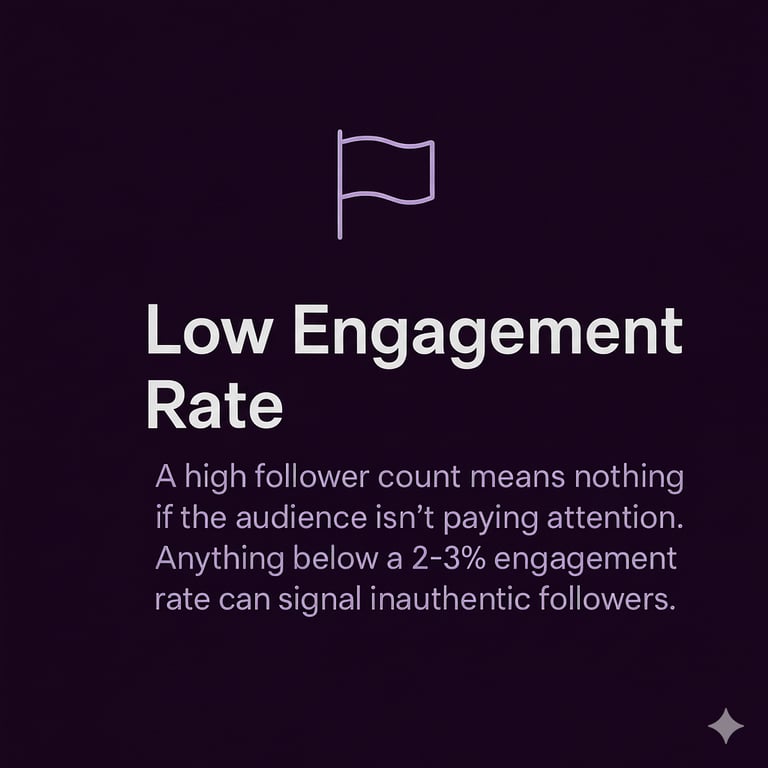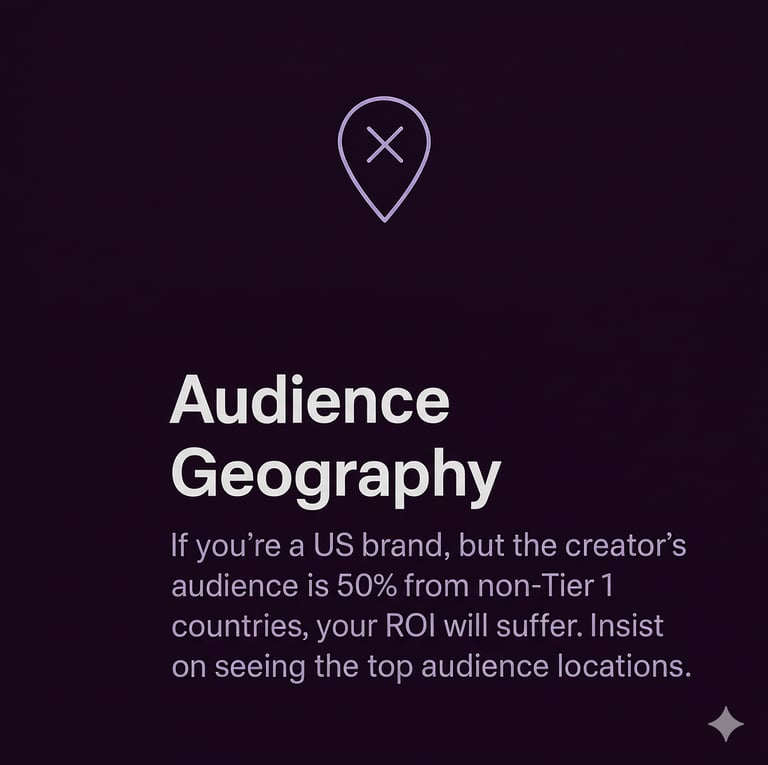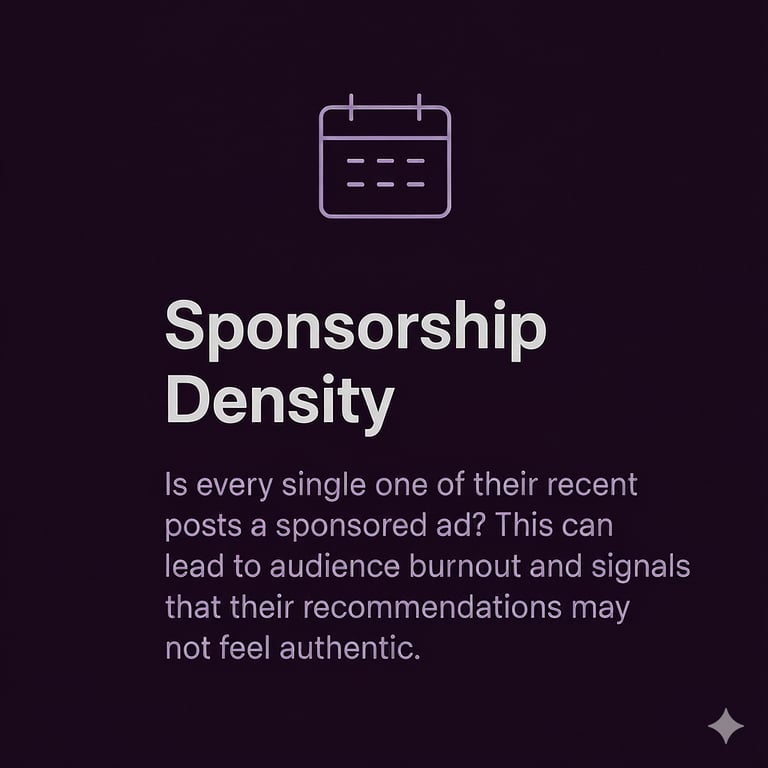5 Critical Mistakes Tech Brands Make in Their First Influencer Campaign
For tech founders and marketing managers, avoiding these mistakes is the key to unlocking a powerful return on investment. Here are the five critical errors we see brands make time and time again.
1. Choosing Follower Count Over Audience Fit
The most common mistake is chasing vanity metrics. A creator with 500,000 general followers is far less valuable than a micro-influencer with 30,000 deeply engaged hardware enthusiasts. True influence isn't about the size of the audience; it's about the trust that audience has in the creator's recommendations. For tech brands, a smaller, highly-niched creator will almost always deliver a better ROI.
2. Providing a Rigid, Corporate Script
Audiences are intelligent. They can spot an inauthentic, scripted ad from a mile away, and it instantly destroys the creator's credibility—and your brand's. The goal of an influencer partnership is to borrow a creator's authentic voice, not to turn them into a corporate spokesperson. The professional approach is to provide key talking points and clear objectives, then give the creator the freedom to integrate them into their content in their own unique style.
3. Ignoring Audience Demographics
You might have found the perfect creator, but if their audience is in the wrong place, your campaign will fail. Before investing a single dollar, it is non-negotiable to vet an influencer's audience analytics. If your target market is the United States, but 50% of the creator's audience is in a non-Tier 1 country, you are paying for reach you cannot convert. Always insist on seeing a breakdown of their top 3-5 audience countries and age demographics.
4. Focusing on a One-Off Deal
While a single sponsored video can provide a temporary boost, the real power of influencer marketing lies in consistency and long-term relationships. When a trusted creator mentions a product once, it's an ad. When they use and mention it naturally over six months, it becomes a genuine endorsement. Building a roster of long-term brand ambassadors creates a powerful, compounding effect that is far more valuable than a series of disconnected one-off deals.
5. Failing to Set Clear KPIs (Key Performance Indicators)
How do you define success? If your only metric is "views," you are flying blind. A successful campaign must be measured against clear business objectives. Are you trying to drive direct conversions, increase brand awareness, or generate qualified leads? Success should be tracked through a combination of metrics, including engagement rates, click-through rates, conversions, and, most importantly, the overall return on your investment (ROI).
Navigating these pitfalls requires more than just a list of influencers; it requires specialist expertise and a strategic, data-driven approach.
At Node & Scale, we do more than just connect brands with creators. We architect partnerships that are built for success from the ground up, ensuring your investment avoids these costly mistakes and delivers the measurable growth your brand deserves.






Start a Conversation
© 2025. All rights reserved.


Architecting influence and engineering scale for the future of tech.
